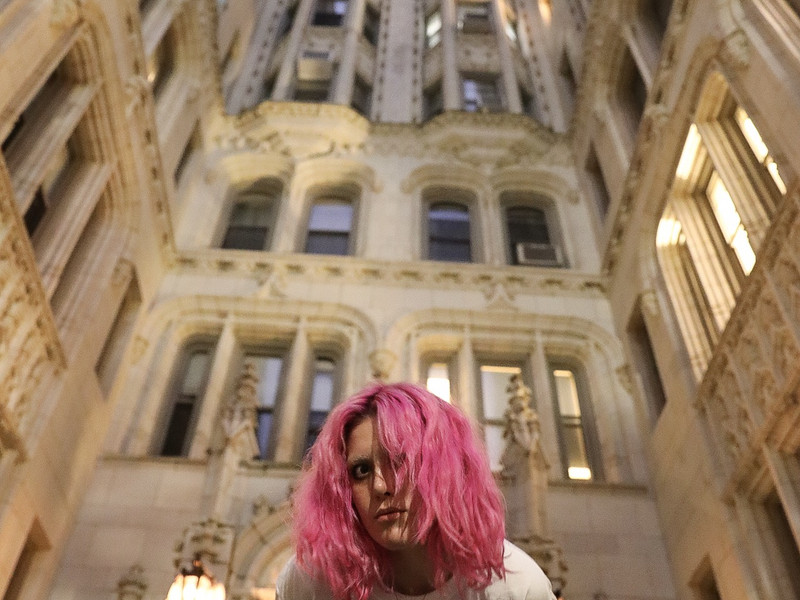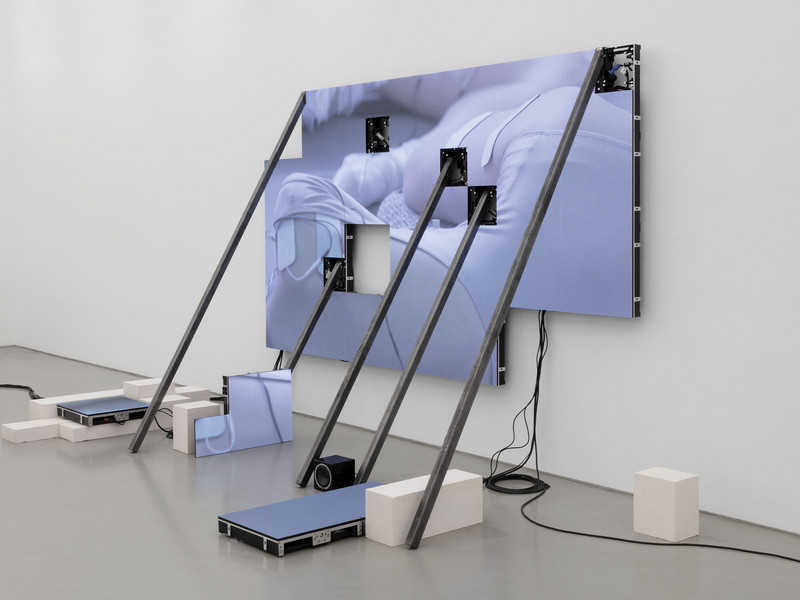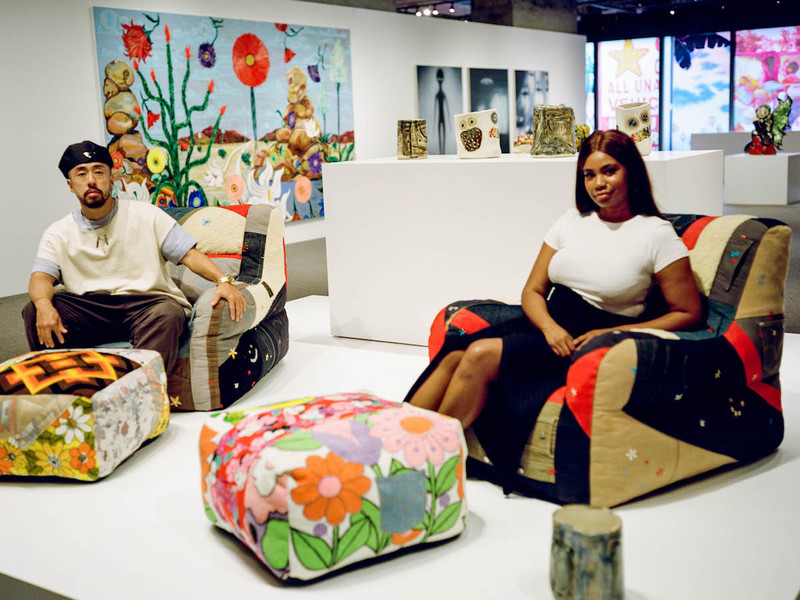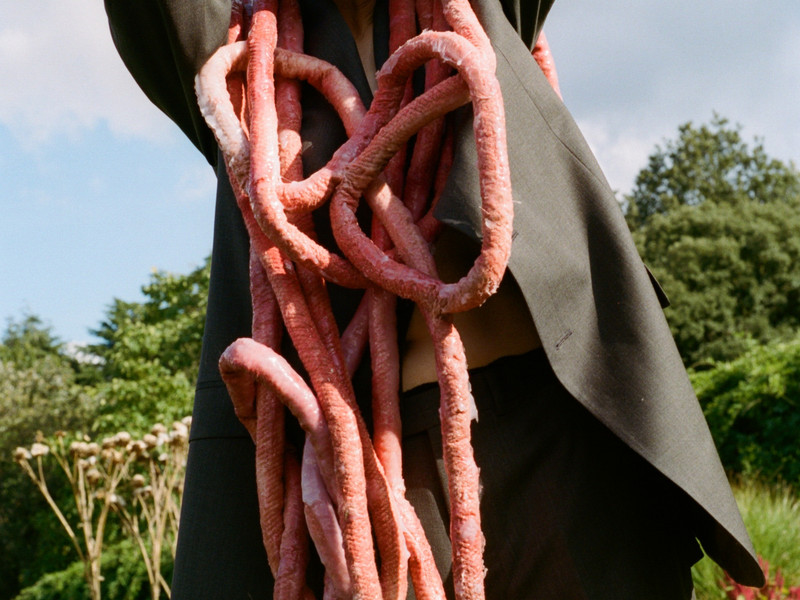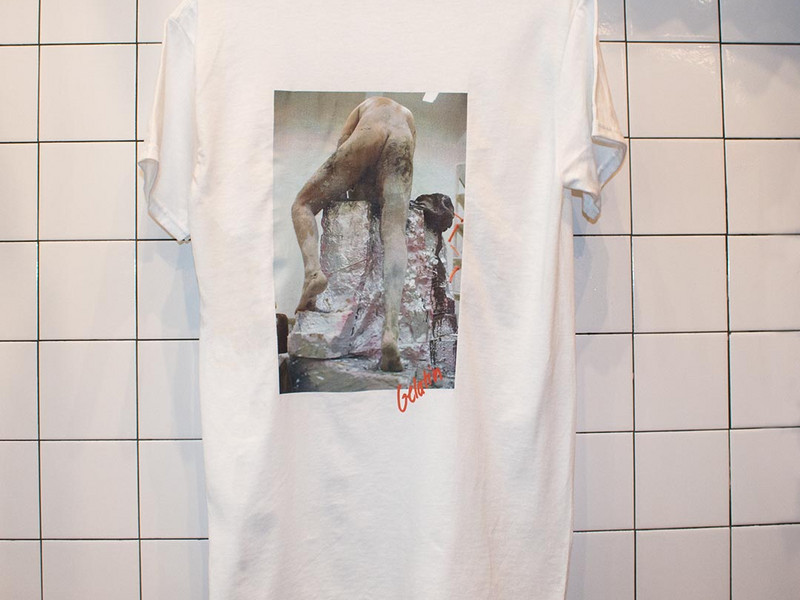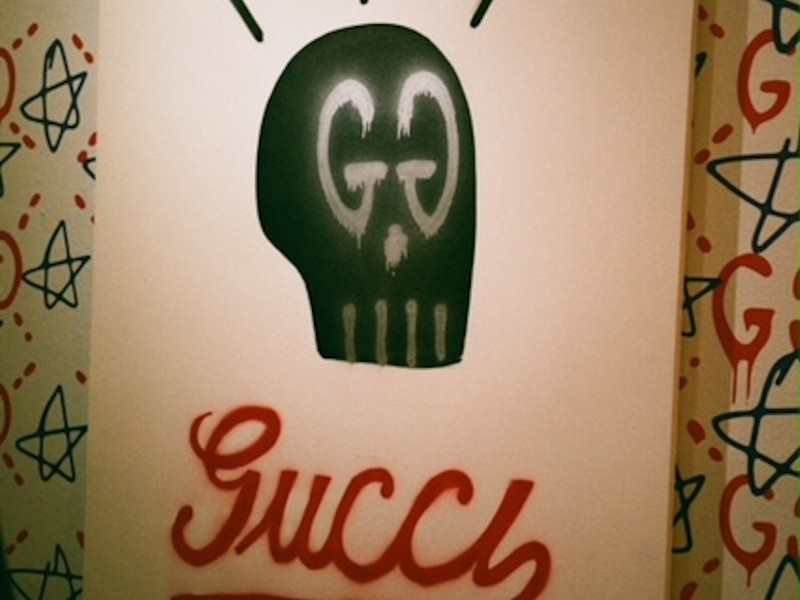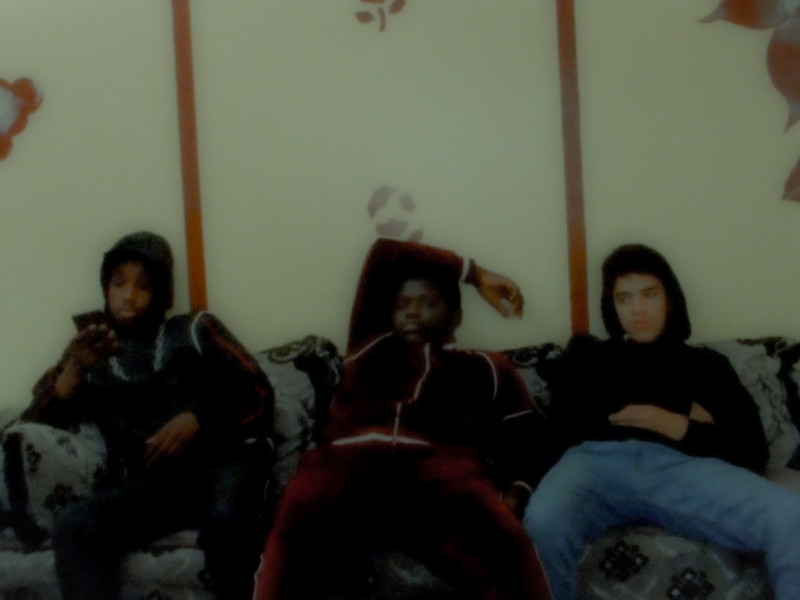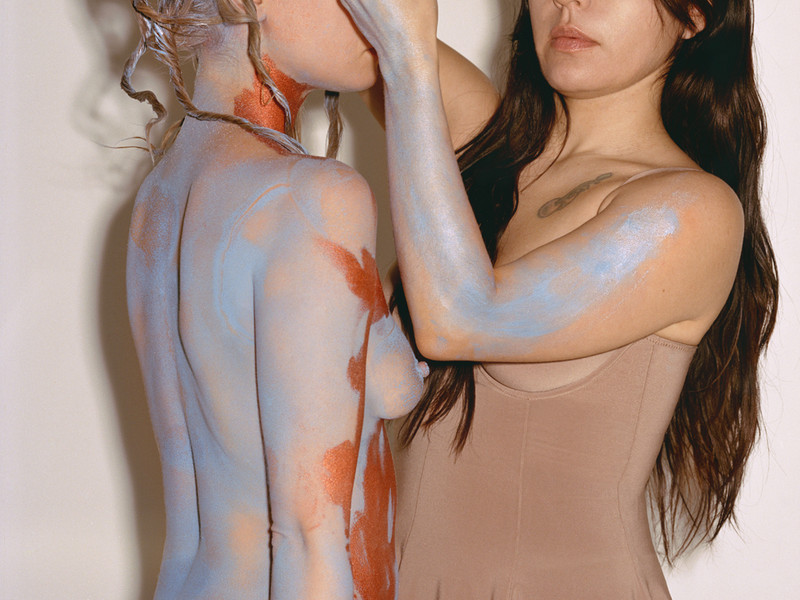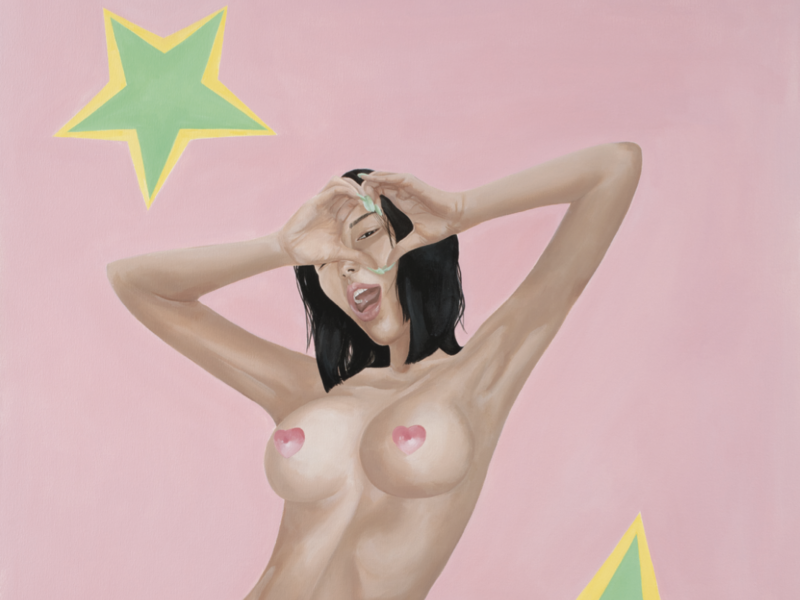A Day's Work
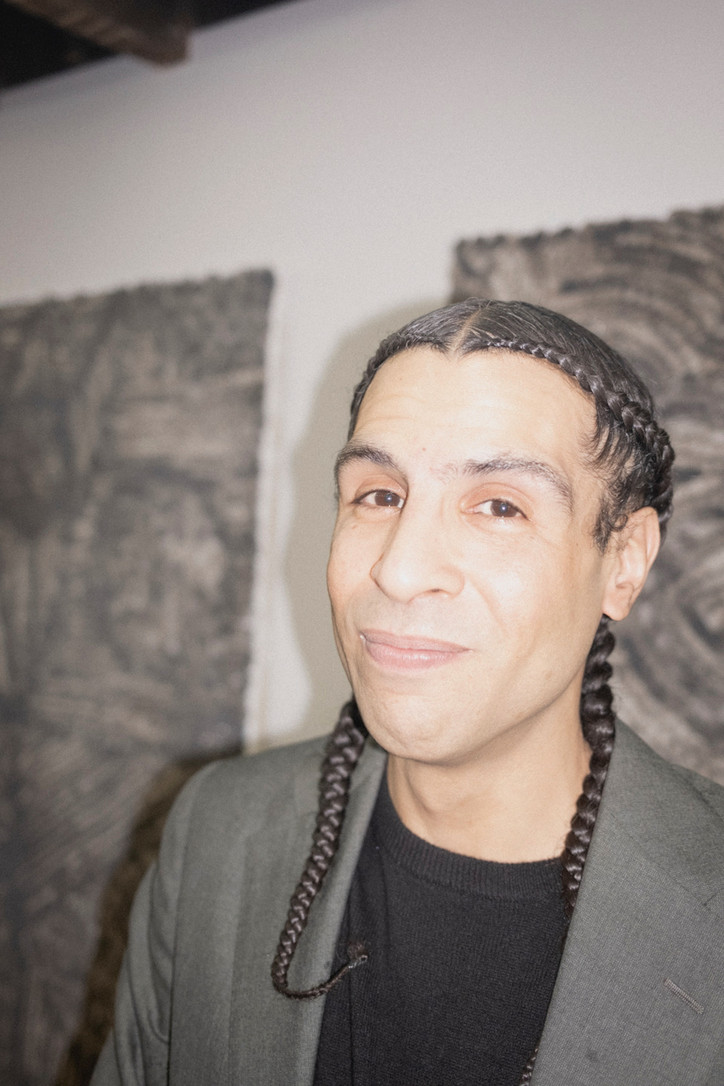
A significant source of inspiration for A Day's Work stemmed both from Nin's fascination with fire and the Italian Renaissance practice of buon fresco mural painting, a technique in which artists apply pigments directly onto wet plaster on a wall or ceiling, typically completed in a single day, thus a nod to the installation's name. Armando Nin draws inspiration from a tapestry of urban subcultures rooted in the city, all while maintaining a keen fascination with fire as an artistic medium. In his work, he bridges the chasm of time, engaging with artistic visionaries like Michelangelo in a manner that feels as though they are present in contemporary moment. He tells me about the challenges faced by Renaissance artists — referred to by him as "middle age problems".
office sat down with Nin to talk about his craft, his creative process, and what hot candle wax feels like on your face.
Sarah Hersom— Hi Armando! Am I saying that right?
Armando Nin— Yeah, unless you're French, I think that’s good.
I’m definitely not. How are you today?
I’m good.
Tell me about A Day's Work. Why did you choose that name for this installation?
Fresco paintings are made in sections, and one would do that in one day. That’s where the title came from.
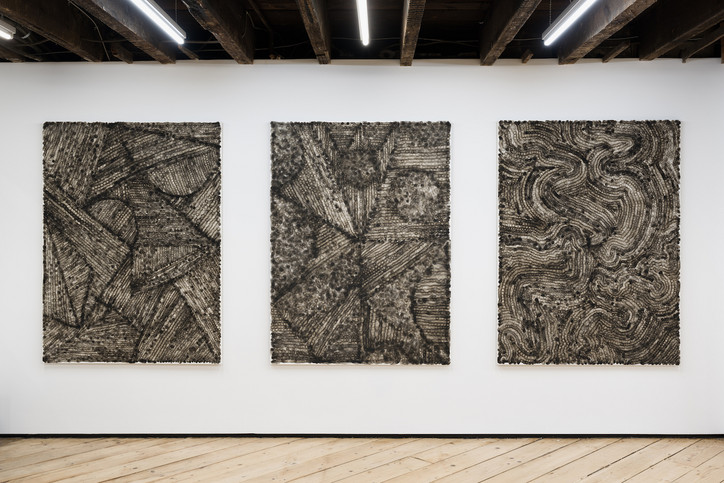
Installation shots by Stephen Fraught, courtesy of Foreign & Domestic and Armando Nin
And you did these with candle soot, did you do this in the dark?
Yeah, I worked by candlelight. I wanted to use candles because in medieval times candles were the only source of light, and candles also represented wealth. If you had a lot of candles, it also meant that you had staff to clean up after you because the more candles you had, the more dusty your house would be.
Did you have any fails where you burned through the canvas?
Of course. There’s a lot of trial and error.
And how long does it take to make one piece for an instillation like this?
It takes some time. It can take me a couple of days, but it took me my whole life to figure this out. I usually do it until the flame goes out. When the candle dies, that’s my cue.
Why choose to work through such a laboring process?
I always had this connection to searching for something. My work connects to loss, and loss and searching go hand in hand for me. I think part of my craft is working with things that are out of my control. Leaving some things up to chance.
Does it make the finished product more satisfying?
Absolutely. It's not even that hard, to be honest. I'm used to wax falling on me now, so it doesn’t feel dangerous anymore. If this were the Middle Ages, we would have to send letters back and forth with each question. Can you imagine that? This interview would probably take us a year and a half.
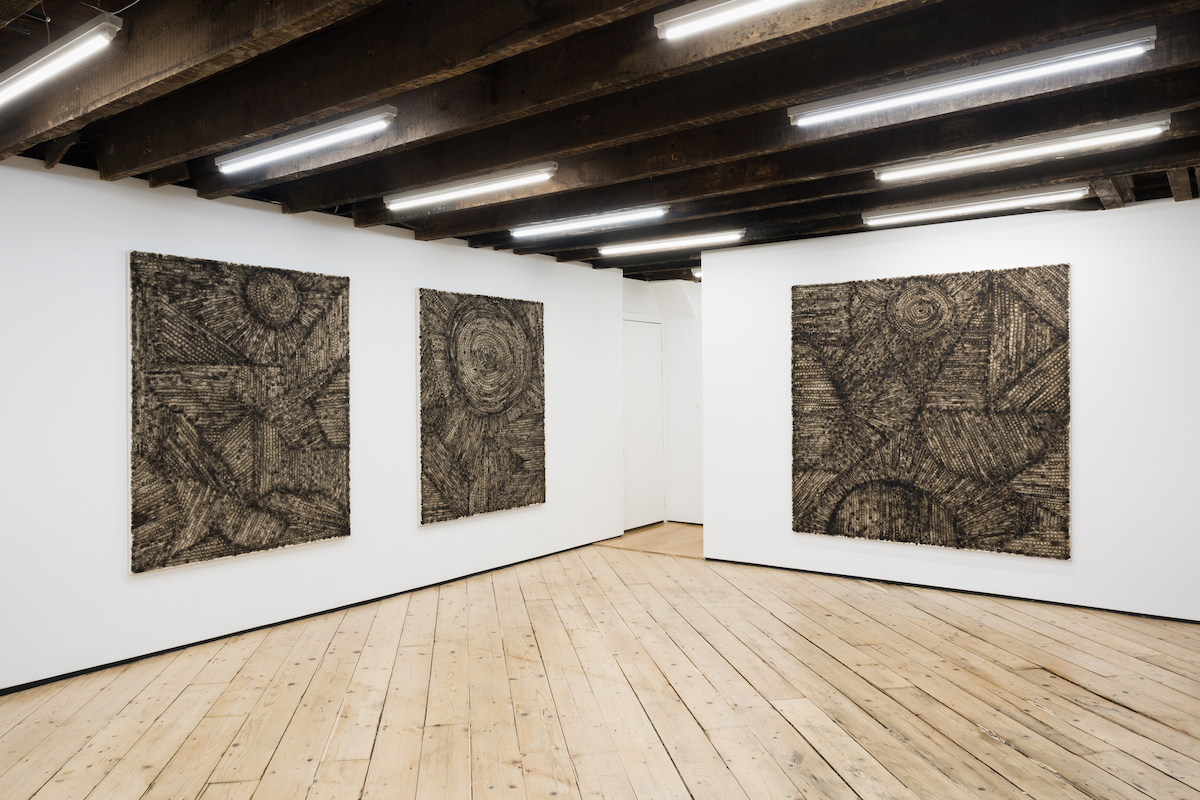
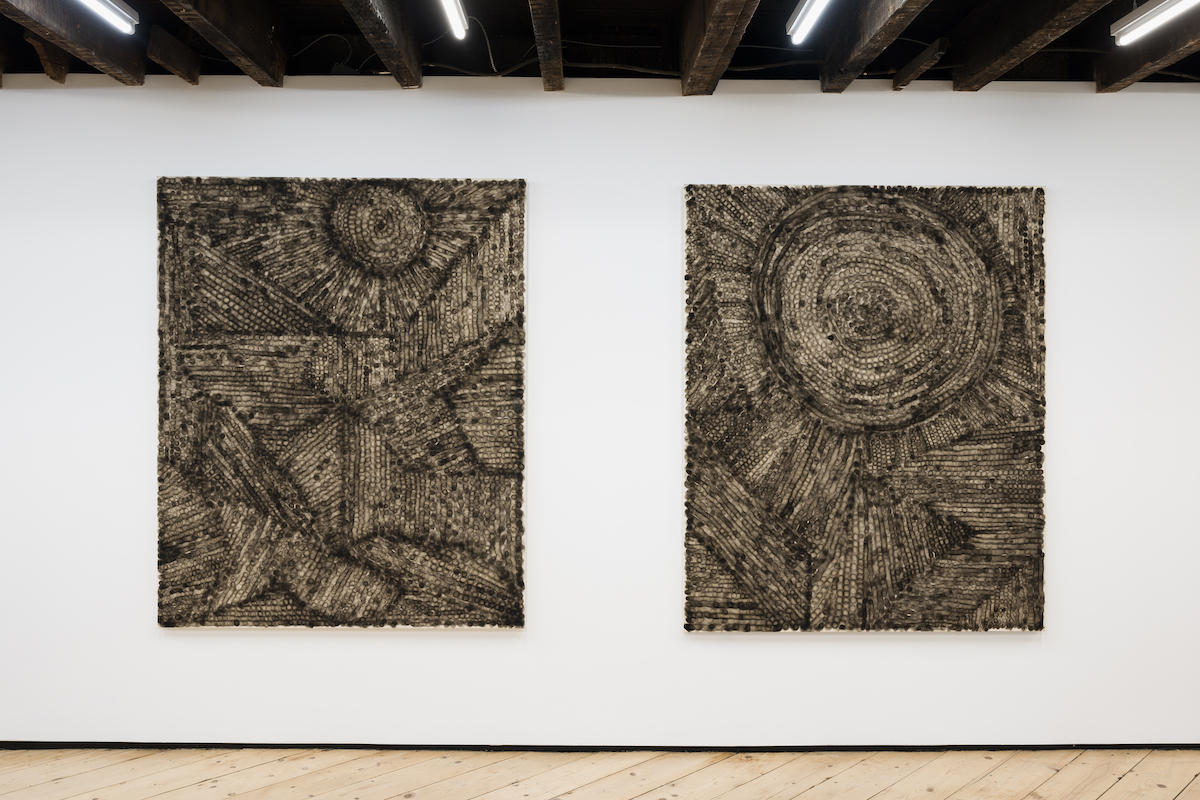
Earlier in the call, you referred to this as your “mental museum”. What did you mean by that?
I notice I say things without even thinking about it. I have this language with my art, and the paintings are a dialect of this language that I’ve been trying to make up in this searching. And the language is the instructions of how to search for something.
Have you ever sat in the tub and pushed water with your hands and seen it bounce and dribble? I don’t know how old you are, but I love just sitting in the tub.
I don’t have a tub, unfortunately, so I don’t get to do that a lot.
Yeah, but you know what I’m talking about.
Yeah, yeah, I know what you’re talking about.
Yeah, so that’s what I'm doing with smoke. And I’m doing it sideways, and in the dark. I’m trying to draw with a cloud for no reason. That’s what’s happening here in this mental museum. I’ve always been interested in different ways of making marks without paint. I joked around with my pals about being “the paintless painter”. A majority of my work is leaving marks and impressions of some sort.
I’m always trying to do something that makes somebody go “huh?” and then “wow!”
I definitely think you achieved that with this installation. It looks amazing.
Thank you so much, that means a lot. Even though the pieces come from a personal place, the art comes from a universal set of ideas from fresco paintings. But they also come from a present-day space. I grew up in New York and I remember seeing candle residue on ceilings and not knowing where that came from. Then getting older and finding out what that was like, oh, it was from fire.
A Day's Work is up through March 10th at Foreign & Domestic.
